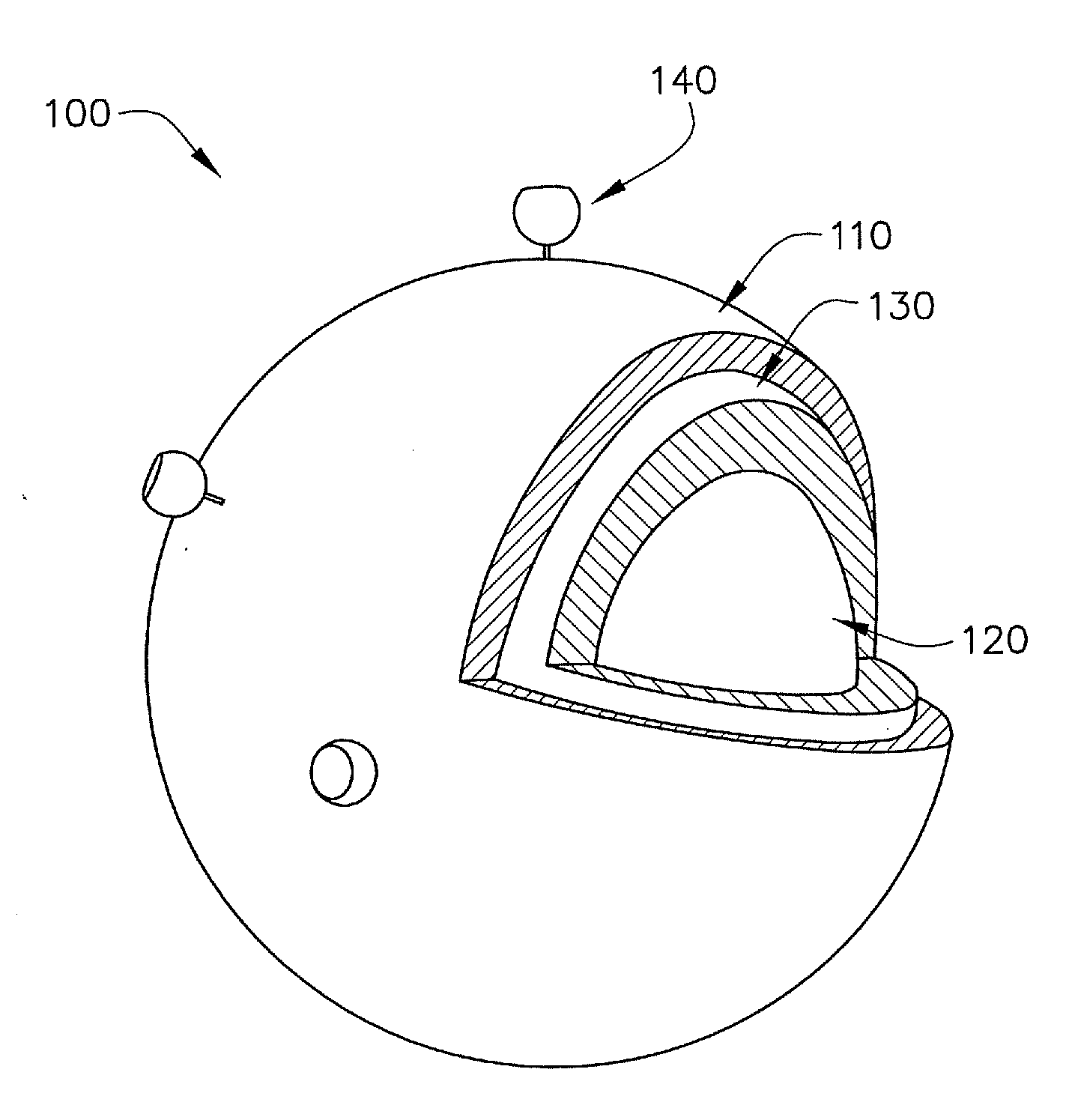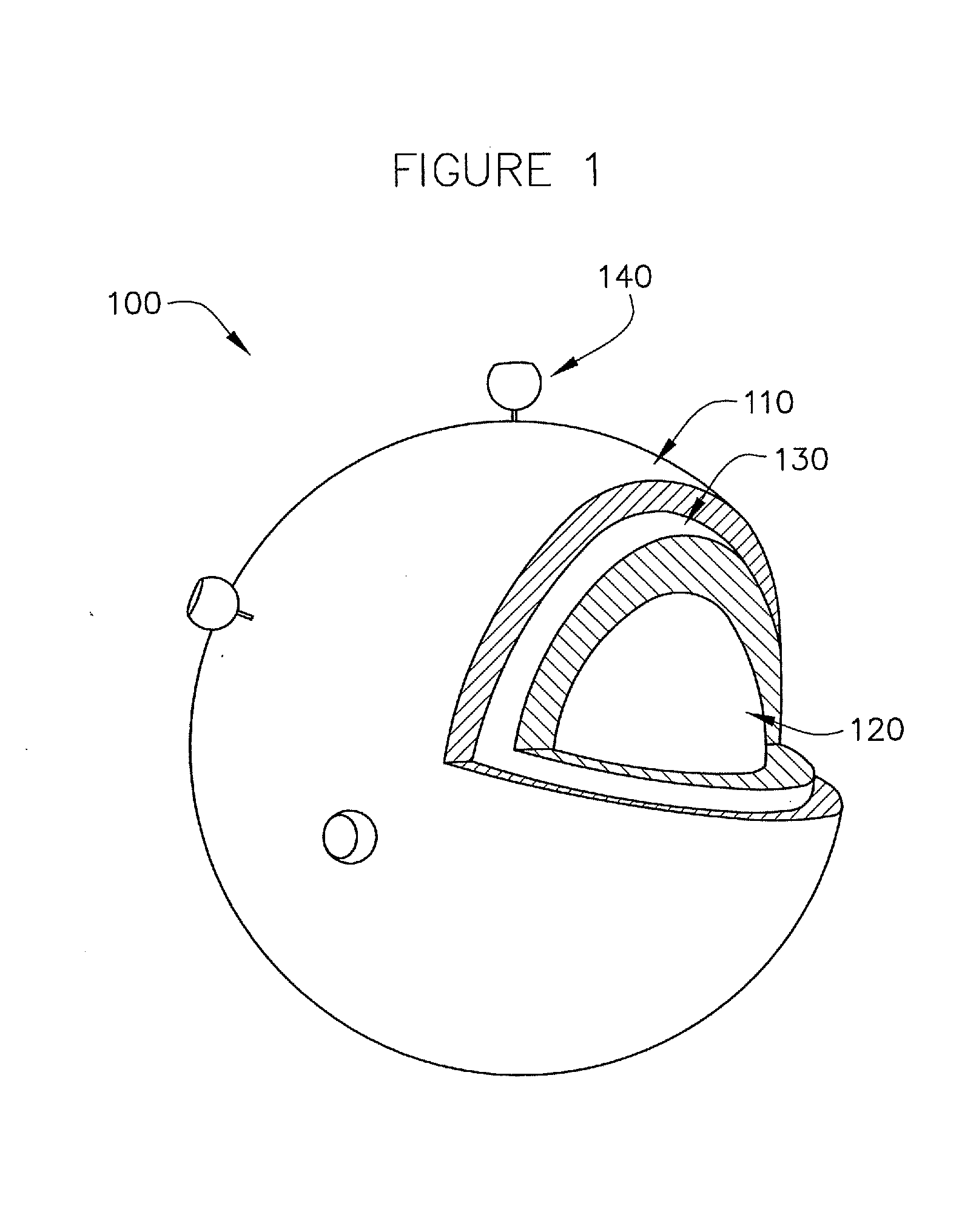Biocompatible Microbubbles to Deliver Radioactive Compounds to Tumors, Atherosclerotic Plaques, Joints and Other Targeted Sites
a biocompatible microbubble and radioactive compound technology, applied in the direction of dispersed delivery, drug composition, therapy, etc., can solve the problems of exposing the patient to neutrons, unable to continue to grow, and cell death in the end of the proton's path
- Summary
- Abstract
- Description
- Claims
- Application Information
AI Technical Summary
Problems solved by technology
Method used
Image
Examples
examples
[0160]Experimental Protocol for the Purification of Bi-213
[0161](1) Remove 5 mCi sample of 225Ac+ daughters in Pb pig from packing container and transfer to hood. Remove vial from Pb pig, assess direct radiation dose, and determine with assistance from Health Physics if special handling or shielding requirements beyond ALARA are required. (NOTE: no special handling or shielding requirements are anticipated beyond ALARA and good radioactive laboratory practices.)
[0162](2) Transfer the 5 mCi contents of 225Ac +daughters from shipping vial to a 20 mL liquid scintillation (LSC) vial with two 0.90 mL aliquots of 0.10 M HCl. Transfer 10 mCi aliquot to standard polypropylene g-counting vial, cap, place into a 50 mL centrifuge tube (serving as a secondary container), and prepare for shipment with purified 213Bi (see Step (11) below).
[0163](3) Transfer 0.300 mL of 225Ac +daughters in 0.10 M HCl to column reservoir of a 0.50 mL bed volume (BV) of alkylphosphonate extraction chromatographic co...
PUM
 Login to View More
Login to View More Abstract
Description
Claims
Application Information
 Login to View More
Login to View More - R&D
- Intellectual Property
- Life Sciences
- Materials
- Tech Scout
- Unparalleled Data Quality
- Higher Quality Content
- 60% Fewer Hallucinations
Browse by: Latest US Patents, China's latest patents, Technical Efficacy Thesaurus, Application Domain, Technology Topic, Popular Technical Reports.
© 2025 PatSnap. All rights reserved.Legal|Privacy policy|Modern Slavery Act Transparency Statement|Sitemap|About US| Contact US: help@patsnap.com


